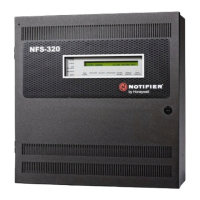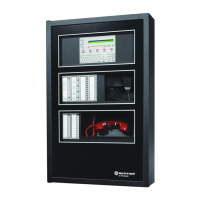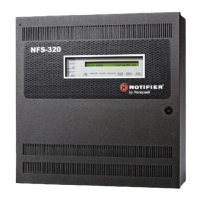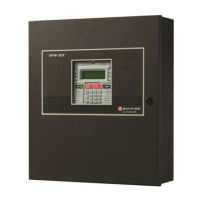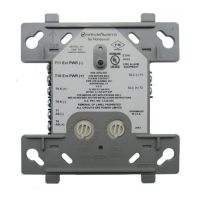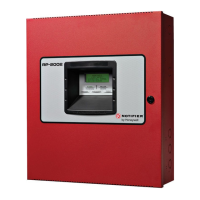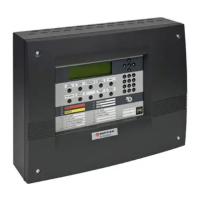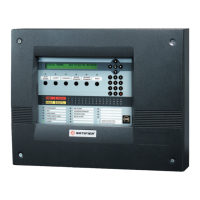NFS2-3030 Programming Manual — P/N 52545:K1 03/20/2012 135
Equations CBE: Zones and Equations
Used for delayed operation.
Example: DEL(HH.MM.SS, HH.MM.SS,AND(L1M1
,L1M140))
• The first HH.MM.SS is the delay time, the second HH.MM.SS is
the duration time. If the
argument - AND(L1M1,L1M140) - in the example above activates, the function becomes
true after the argument has been active for the delay time, and continues to be true for the
duration time as long as the argument stays active. If the argument goes inactive during the
delay time or the duration time, the function reverts to false and the timing would begin all
over again if reactivated.
• If duration time of zero is entered (00.00.00), the equat
i
on will evaluate true when the delay
time expires if the argument remains active throughout the delay time period.
• If no duration or delay is specified, then the function will follow the input argument,
indi
cating true while it is active and false when it is inactive. DEL assumes a value of false
on reset.
The “SDEL” Function
A latched version of the DEL function.
Example: SDEL(HH.MM.SS, HH.MM.SS,L1M140)
• The first HH.MM.SS is the delay time, the second HH.MM.SS is
the duration time. If the
argument (L1M140 in the example above) activates, the function becomes true after the
delay time, and will remain active for the duration even if the argument becomes inactive
during either the delay or duration time.
• If delay time of zero is entered (00.00.00
),
the equation will evaluate true as soon as the
argument (L1M140) activates and will remain that way for the specified duration, even if
the argument becomes inactive during that time.
• If no duration or delay time is specified, then the argument will
not deactivate until reset,
even if the argument becomes inactive.
The “TIM” Operator
The TIM function is used to specify activation on specific days of th
e week or year.
Examples:
TIM(7-11-06) will evaluate as true for 24 hours starting at midnight (00:00:00) on July 11,
2006.
TIM(MO,T
U,WE,TH,FR,08:00:00,23:00:
00) will evaluate as true at 8:00 AM and remain true
until 11:00 PM (23:00) for the list of days supplied.
TIM(MO,TU,WE,TH,FR,08:00:00) will evaluate as true at 8:00 AM and remain true until
23:59:
59 of the current day for the list of days supplied.
TIM(TU,07:45:00,18:30:00) will evaluate as true every Tuesday between 7:45 AM until 6:30
PM.
TIM(MO,TU
,WE,TH,FR) will evaluate as true from Monday morning at 12:01 AM until
Friday evening at 11:59
:00 PM.
Logic Equation Syntax Example
OR
(AND(L1D1,L1D4),AND(L2D6,L2M3,NOT(L2M4)),ANYX(2,L1M13,L1M14,L1M15))
Equation begins with a logic function - OR
67 Characters (maxim
um of 80) - includes parentheses and commas.
5 Logic Functions (maximum of 10
) - OR, AND, AND, NOT and ANYX.
8 Arguments (maxi
mum of 20 per logic function) - L1D1,L1D4,L2D6,L2M3,L2M4…
The equation contains no spaces.
Evaluating an Equation
To evaluate an equation, start from t
he innermost part of the equation and work outwards. For this
equation to evaluate TRUE and thus turn on any output mapped to it, the following conditions must
be met:
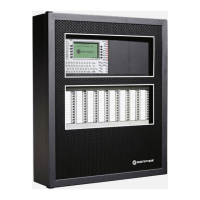
